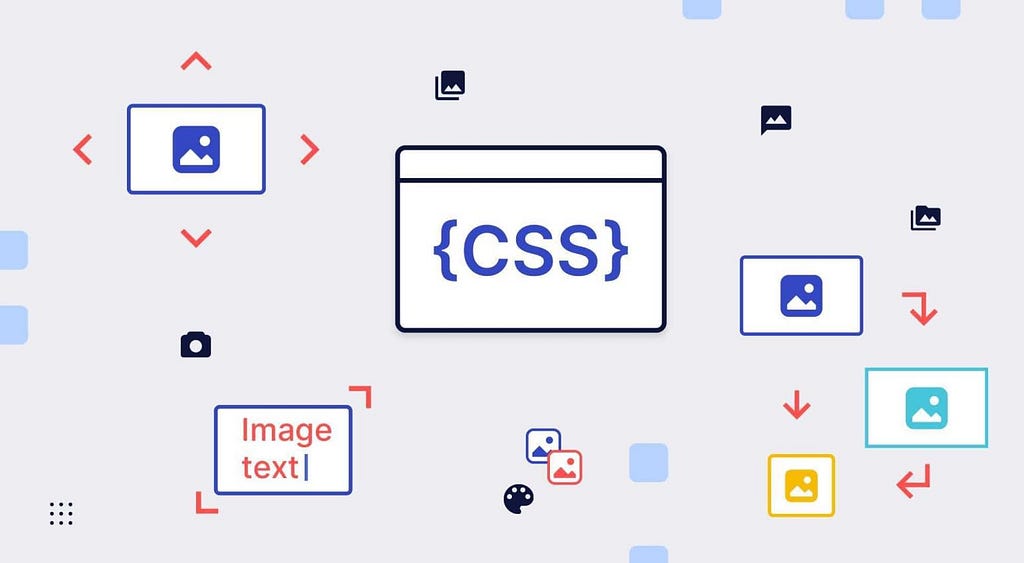This content originally appeared on Level Up Coding - Medium and was authored by Kyle Le

Introduction
Some CSS properties are more costly than others in terms of performance. When used improperly, they can slow down your webpage and make it less responsive for your users. In this article, we’ll explore some of the most costly CSS properties and how to optimize them.
Box-Shadow
The box-shadow property is a popular way to add a shadow effect to an element, but it can be very costly in terms of performance. When used on a large number of elements or with a large blur radius, it can significantly slow down your webpage.
Here are some ways you can do to reduce the cost of box-shadow :
- Use a smaller blur radius — A smaller blur radius will reduce the amount of processing required to render the shadow. Instead of using a large blur radius, try using a smaller value that still gives you the desired effect.
- Use a solid color instead of a gradient — A gradient box-shadow can be very costly in terms of performance. Instead of using a gradient, try using a solid color for your box-shadow.
- Use the inset keyword for inner shadows — If you’re using box-shadow to create an inner shadow, use the inset keyword. This will improve the performance of your webpage because it doesn’t require rendering an extra layer.
- Use the will-change property to improve performance when animating box shadows — If you’re animating box-shadow, use the will-change property to tell the browser that the box-shadow property will be changing. This will help the browser optimize the rendering of the animation.
Overall, optimizing the box-shadow property involves reducing the processing required to render the shadow. By using these techniques, you can create a box-shadow that looks great while minimizing the impact on your webpage’s performance.
Background Image
The background-image property is used to add an image to an element, but it can be very costly in terms of performance. Large images or a large number of images can significantly slow down your webpage.
To optimize the background-image property, you can use the following techniques:
- Use smaller image file sizes
- Use image compression techniques like JPEG or PNG optimization
- Use image sprites to reduce the number of HTTP requests
- Use lazy loading techniques to load images only when they are needed
Border-Radius
The border-radius property is used to create rounded corners on an element, but it can be very costly in terms of performance. When used on a large number of elements or with a large radius, it can significantly slow down your webpage.
To optimize the border-radius property, you can use the following techniques:
- Use smaller border radius values
- Use the border-image property instead of border-radius for complex border designs
- Use SVG graphics for complex border designs
Transforms
The transform property is used to apply transformations to an element, such as rotation, scaling, or skewing. When used improperly, it can be very costly in terms of performance.
To optimize the transform property, you can use the following techniques:
- Use 2D transforms instead of 3D transforms when possible
- Use the will-change property to improve performance when animating transforms
- Use hardware acceleration by using the transform-style: preserve-3d property
Filters
The filter property is used to apply visual effects to an element, such as blurring, color adjustment, or brightness. When used improperly, it can be very costly in terms of performance.
To optimize the filter property, you can use the following techniques:
- Use simpler filter effects
- Use the will-change property to improve performance when animating filters
- Use hardware acceleration by using the transform-style: preserve-3d property
Original CSS code:
div {
filter: blur(5px);
}Optimized CSS code:
div {
filter: blur(1px);
transform: translateZ(0);
}Explanation:
Instead of using a larger blur radius, we are using a smaller value of 1px. This reduces the amount of processing required to render the blur effect.
We are also adding a transform property with the translateZ(0) value. This creates a new layer for the element, which can help with GPU acceleration and improve performance.
By using this optimized CSS code, we can achieve the same visual effect while reducing the impact on our webpage’s performance.
Conclusion
By optimizing CSS properties like box-shadow, filter, and border-radius, we can improve our webpage’s performance. Techniques include using smaller values, simpler shapes, and creating new layers with the transform property. These optimizations help create webpages that look great and perform well.
Level Up Coding
Thanks for being a part of our community! Before you go:
- 👏 Clap for the story and follow the author 👉
- 📰 View more content in the Level Up Coding publication
- 💰 Free coding interview course ⇒ View Course
- 🔔 Follow us: Twitter | LinkedIn | Newsletter
🚀👉 Join the Level Up talent collective and find an amazing job
Costly CSS Properties and How to Optimize Them was originally published in Level Up Coding on Medium, where people are continuing the conversation by highlighting and responding to this story.
This content originally appeared on Level Up Coding - Medium and was authored by Kyle Le
Kyle Le | Sciencx (2023-04-12T13:58:29+00:00) Costly CSS Properties and How to Optimize Them. Retrieved from https://www.scien.cx/2023/04/12/costly-css-properties-and-how-to-optimize-them/
Please log in to upload a file.
There are no updates yet.
Click the Upload button above to add an update.
